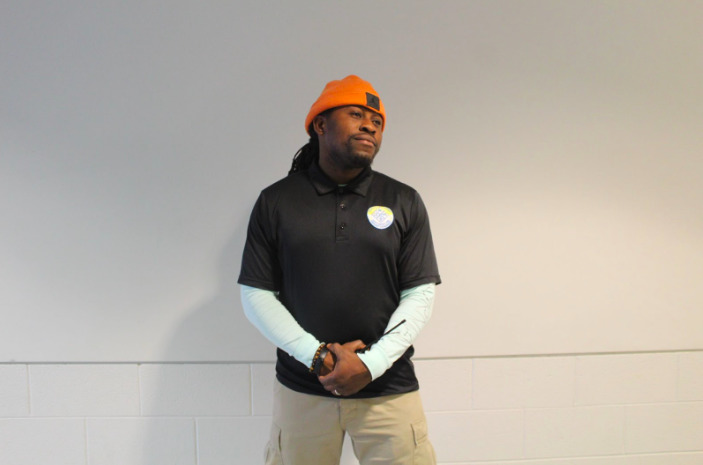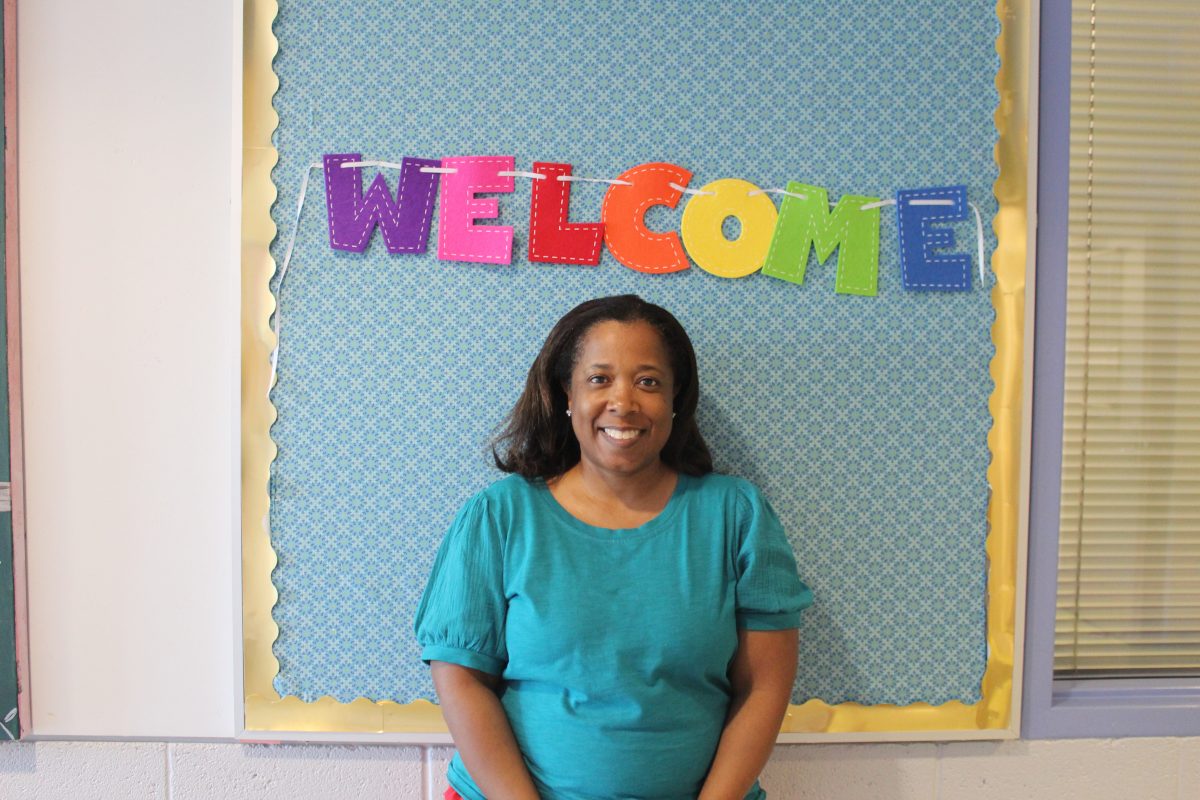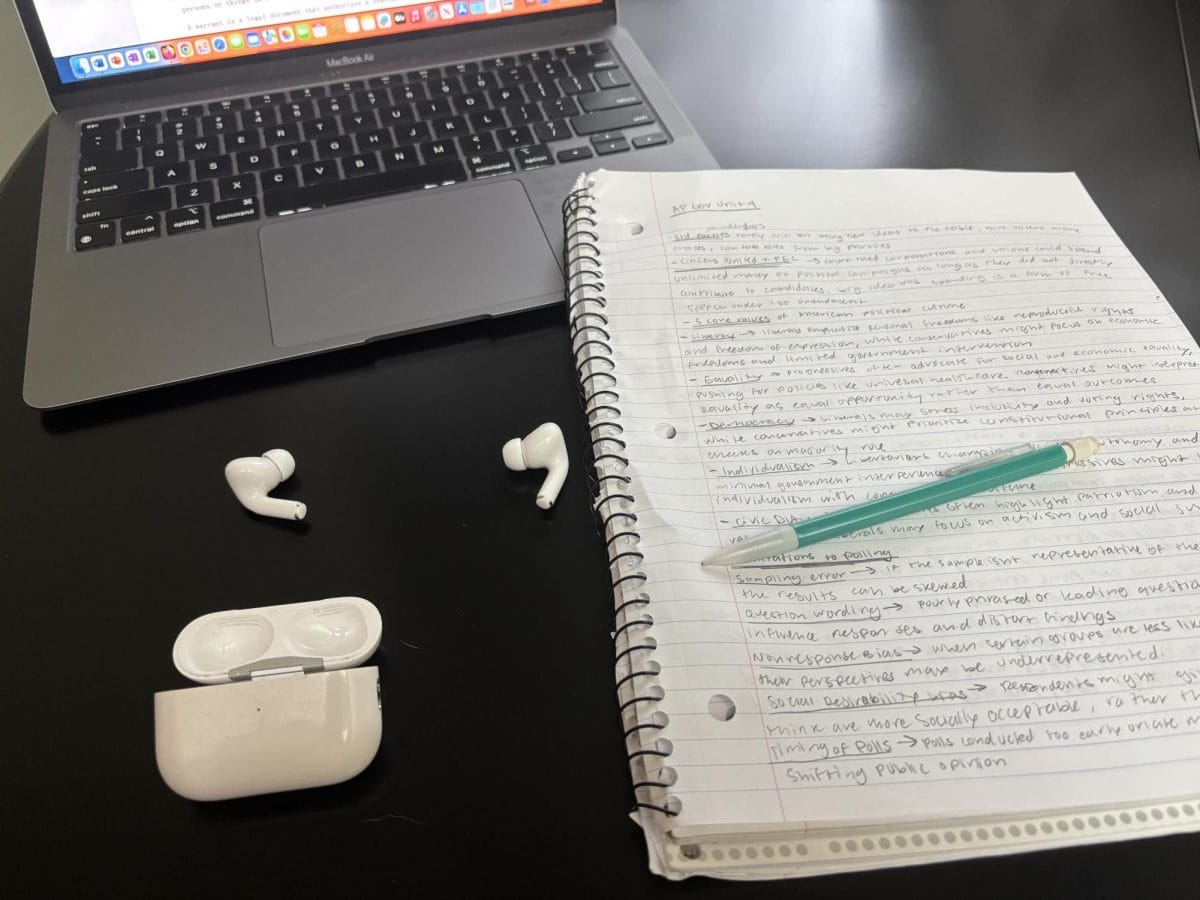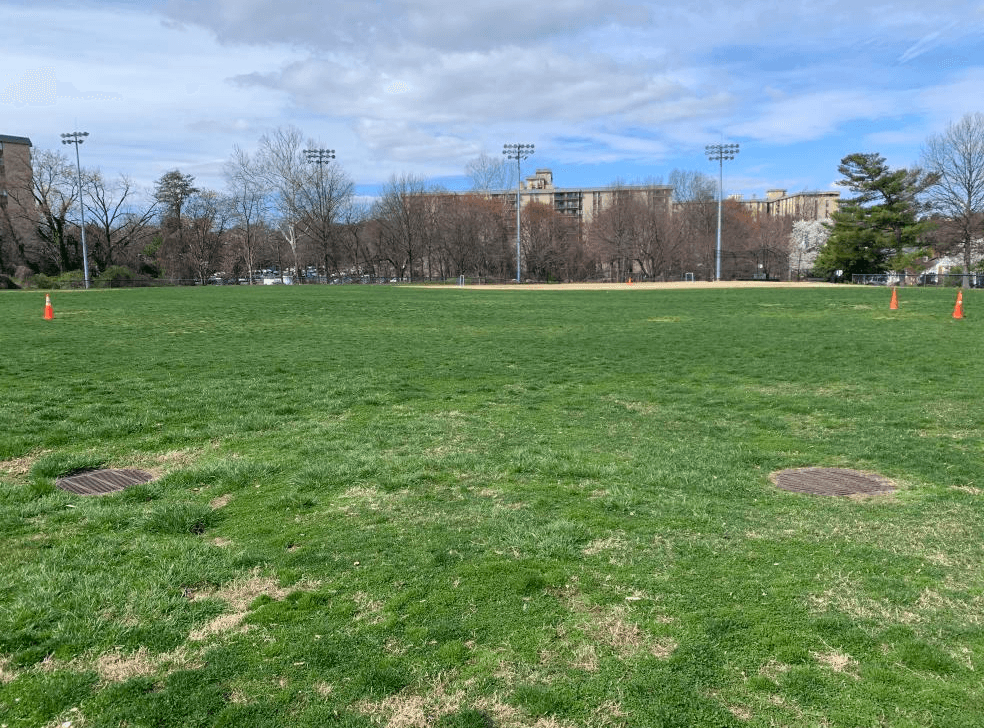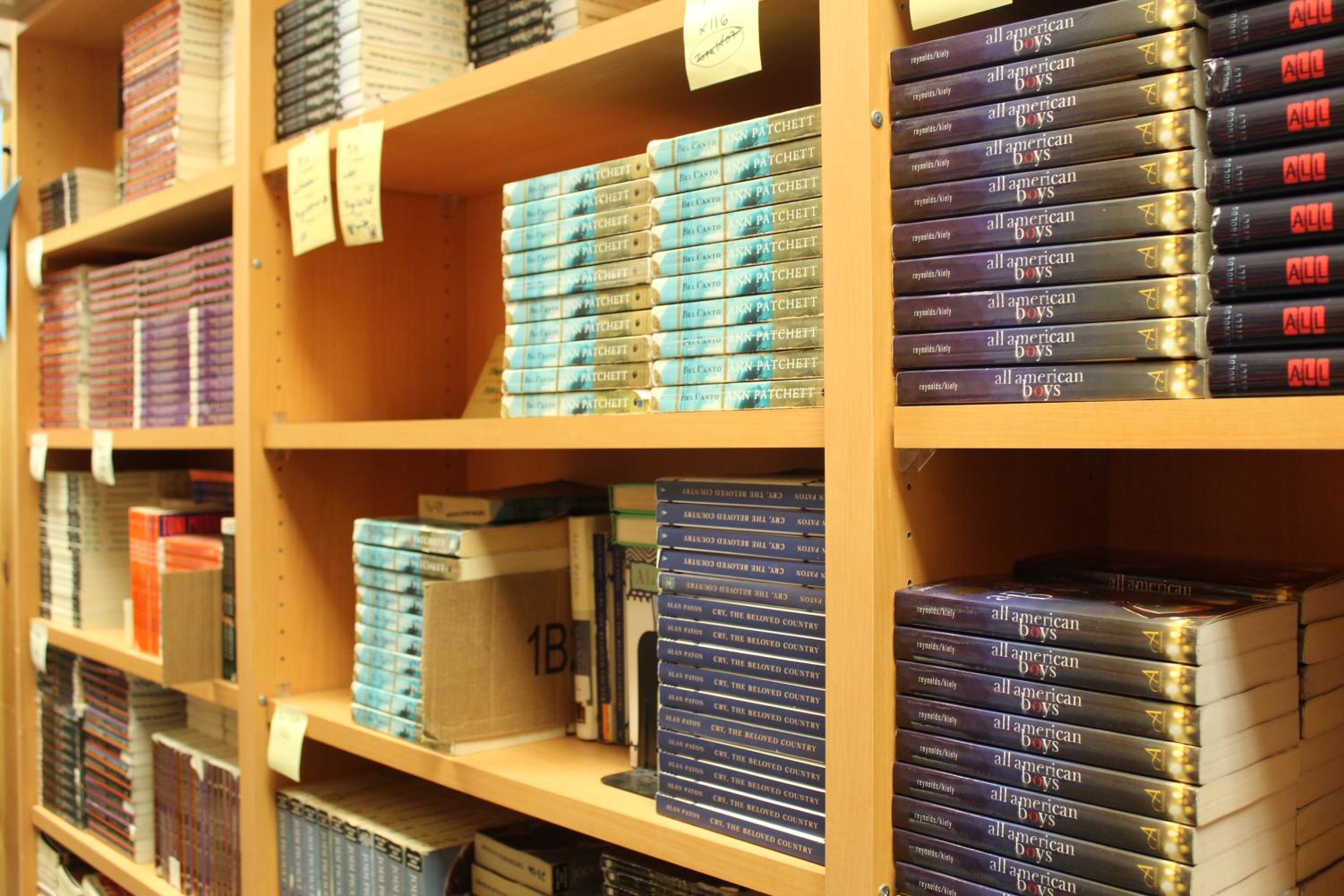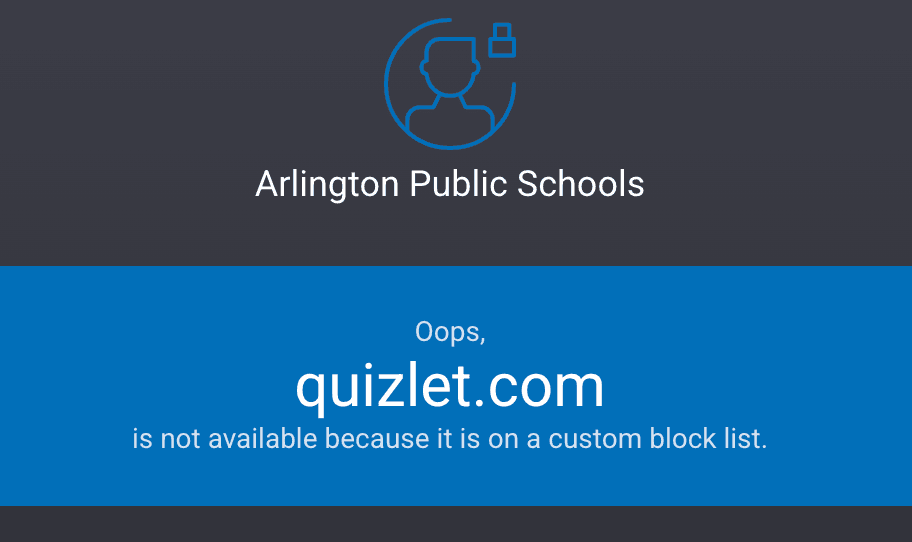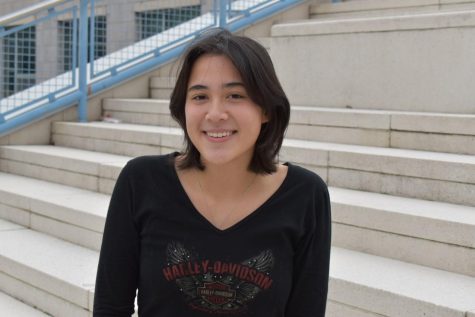School classrooms are where students go to expand their knowledge of the past in order to prepare for the future. Examining the content being used to educate is vital to this process. One source of content that is consistently reexamined within Arlington Public Schools (APS) is the book list—a set of books that APS English teachers are allowed to include in their instruction.
Each year, the book list is reviewed by the English Language Arts (ELA) supervisors and content lead teachers. The Secondary ELA Supervisor, Lori Silver, recounts what this revision entails.
“We work with teachers on what books make that list and what books support powerful instruction that aligns with the Virginia standards of learning. So we have a book list that’s fairly traditional, but we also have components of the book list that are based upon contemporary choices. We get teachers’ feedback on that process when we sit with our English leads,” Silver said.
Lucy Middelthon, our school’s content lead teacher, delves deeper into the vetting process.
“The first vetting phase is to make sure that it aligns with the curriculum and that there is not going to be any kind of conflict. We then essentially put it back out in a survey format to all the high school English teachers across the county and ask for their input on X titles,” Middelthon said.
The list is composed of 15-20 books per grade level. Around a fifth of these books are required texts, which all students must read. The rest are approved optional texts that teachers can choose from. In order to properly examine the list, all data surrounding it must be reviewed and considered. The data regarding the protagonists of the books on the list show us that the protagonist of color (POC) to white protagonist ratio is 40 to 39. When looking at the overall numbers, POC are seemingly represented, but the inner workings of the list tell a different story.
The ratio for protagonists of color versus white protagonists among the optional texts is 35 to 29, while the ratio among the required texts is 5 to 10. This shows that POC lenses are not actually prioritized. With this imbalance, those whose narratives have been put in the backseat are inclined to take the wheel.
English Teacher Brian Wiltshire, an African American of West Indian descent who hails from multiple different cultures, finds that some of the guaranteed core list lack relevance. He believes some novels do not effectively or appropriately speak to 21st century students.
“If we’re talking about works that are more than 50 to 70 years old, we are talking about a different time period in American life. I believe some of those novels need to be reevaluated. APS has students from multiple backgrounds and multiple perspectives, and I believe that those students are entitled, as all students are entitled, to explore novels and topics and issues that speak to more than just one community and one perspective,” Wiltshire said.
Wiltshire hopes the booklist can grow to better represent the totality of America. Fortuitously, Secondary ELA Specialists Lori Silver and Lauren Johnson are committed to keeping up with our modernizing world. This is made clear as they examine their own processes and plans.
“There’s always room for improvement. It’s actually a daily conversation in our office with teachers. We all read Shakespeare in high school—that is the universal experience. But does it mean that we all have to stay there? How do we stay current? How do we stay connected with our high school students and what’s really important to them?” Silver said.
One way they are working towards this progress is through a recent initiative. The supervisors gave teachers different genres and categories to consider and asked them to think about their student population and how they can better align content. The progression does not stop here. Silver and Johnson excitedly discuss future plans.
“One thing Lori and I are focusing on for next year is using more pairing text, where you are pairing an author that has a certain stance or background with somebody that might have a different or opposite or complementary background. So then, students can see how those intersect,” Johnson said
The process of revisiting the book list will continue to evolve as more feedback is given.
“I think one of the problems I’ve always seen with how lists are created is that they’re too narrowly constructed, in terms of who is constructing them…. There needs to be a broader set of stakeholders contributing. I think it needs to be done with a proper curricular lens from the broadest perspectives possible,” Wiltshire said.
As the book list modernizes in future years, teachers will need to be equipped with tools to handle unfamiliar topics. Both teachers and supervisors agree that teacher training will be beneficial.
“It is, and will be, challenging for English teachers to be discussing some of these difficult topics. We want to best support their comfort and their own expertise, so they can teach it effectively to the students,” Johnson said.
“It is the responsibility of all educators to continue to learn, and it is the responsibility of a school district to provide opportunities for that learning to continue. If APS, through data and analysis, has determined that the workforce needs greater professional development to adjust to changing times, then I believe that should be provided. We cannot continue to live in the past,” Wiltshire said.
While the booklist is still skewed, APS faculty are collaborating to help students gain well rounded perspectives and deepen their understanding of our diversifying world.










